However, a notable fact is that many seafood businesses face many difficulties when returning to the domestic market - which is considered to have great potential with more than 100 million people and increasing consumer demand. This raises the question: Why can Vietnamese businesses conquer the demanding international market, but cannot easily find a foothold in the "home market"?
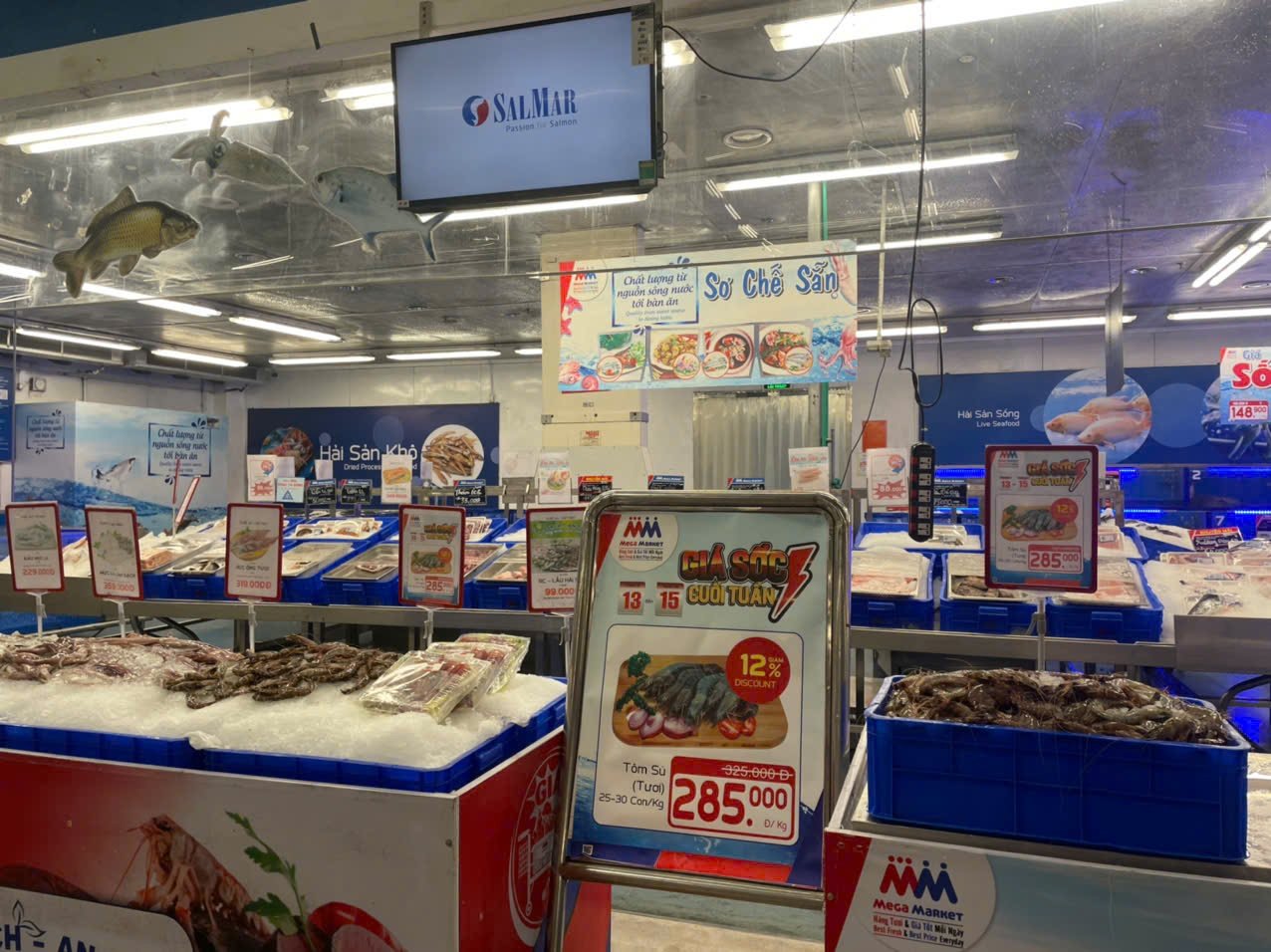
In the context of seafood exports facing many challenges due to the global economic recession, technical barriers from import markets and high input material prices, developing the domestic market is considered a strategic direction to stabilize production, maintain the supply chain and minimize risks from the international market.
According to experts, the income of Vietnamese people is increasing, leading to changes in food consumption demand; including seafood. Domestic consumers are tending to prioritize using quality products, ensuring food hygiene and safety and traceability. This is an opportunity for businesses with experience in manufacturing for high-end export markets to approach and serve domestic consumers with products that meet international standards.
After more than 20 years of cooperation with Saigon Co.op , Mr. Hoang Van The, Sales Director of Saigon Food Joint Stock Company, said: Saigon Co.op is currently the largest distribution channel of the enterprise. Sales through this system account for about 30% of Saigon Food's total domestic revenue, helping the enterprise stabilize domestic output even when exports face difficulties.
However, not all businesses can successfully access modern distribution systems. In fact, many seafood businesses, despite their reputation and modern production capacity, still face difficulties in competing in the domestic market. One of the reasons pointed out is the lack of transparency in quality in the domestic distribution chain. High-quality products, meeting international certifications, sometimes cannot compete in price with products from small-scale production facilities, using low-quality raw materials and not strictly controlled for food safety.
According to Ms. Le Hang, Deputy Secretary General of the Vietnam Association of Seafood Exporters and Producers (VASEP), the subjective cause comes from thinking and business strategy. “Most seafood enterprises still focus on export without paying due attention to the domestic market. Communication activities, brand building and product storytelling to attract domestic consumers are still limited. Even businesses in the VASEP Club of Seafood Suppliers for the Domestic Market – only about 30 members – have not done a good job of communicating to convince consumers,” Ms. Le Hang shared.
In addition, businesses are still mainly approaching the domestic market through traditional methods, while not effectively utilizing modern distribution channels, especially e-commerce. According to VASEP statistics, currently only about 20-25% of seafood businesses participate systematically in e-commerce platforms.
Meanwhile, from the consumer perspective, people's consumption habits and awareness, especially in rural areas, still differ. Consumers still prioritize fresh products, while not fully understanding the value of frozen seafood products that are deep-frozen and strictly quality-controlled, especially in relation to antibiotic residues and food safety.
Regarding distribution infrastructure, businesses also face obstacles when accessing supermarket systems and shopping malls due to high requirements on discounts, logistics costs and conditions for controlling goods. Most seafood products are still consumed through traditional markets and small retail distribution channels.
According to Mr. Dang Huu Kien, Senior Advisor of Vietnam Seafood Corporation, Vietnam currently has about 4 million tons of aquatic product output; of which 52% is frozen products serving processing factories, the rest is consumed domestically. With about 5 million tons of farmed products, 70% is processed for export, the rest serves the domestic market.
Mr. Kien said that domestic consumption activities are still spontaneous, distributed in a traditional way, without a systematic connection between supply and demand. Even trade promotion programs, exhibitions, and fairs organized annually by ministries and branches have not created a long-term effect.
“After the exhibition ended, the products and booths almost disappeared, unable to reach the real market,” Mr. Kien said.
Other problems such as uneven distribution of production and processing between regions, especially between the South - where production is concentrated and the North - where consumption demand is high, are also barriers to expanding the domestic market. In addition, purchasing power at supermarket systems is still low compared to potential.
To effectively exploit the domestic market, Ms. Le Hang said that there needs to be close coordination between businesses and management agencies, especially the Ministry of Industry and Trade , in building a professional, modern, and synchronized supply chain from production to distribution. At the same time, it is necessary to reduce unreasonable discount pressure, support cold logistics and standardize cooperation processes to create favorable conditions for businesses. At the same time, organizing product trial programs and exhibitions at fairs, supermarkets, and hotels such as the Vietfish localization model that VASEP deployed at the Vietfish International Seafood Exhibition will contribute to bringing processed seafood products closer to consumers.
E-commerce also needs to be exploited more effectively through platforms such as Shopee, TikTok Shop, Zalo OA... to expand coverage. Enterprises must maintain strict production standards such as export, traceability "from farm to table" to strengthen consumer confidence, Ms. Le Hang said.
According to Mr. Dang Huu Kien, the urgent need now is to build a comprehensive ecosystem in the seafood industry, including a tight chain of links between producers, processors, distribution systems and consumers. Multi-dimensional cooperation between management agencies, businesses, farmers and fishermen... will help gradually remove bottlenecks in small-scale, fragmented production and increase the added value of Vietnamese seafood in the domestic market.
Source: https://baotintuc.vn/kinh-te/thuy-san-viet-loay-hoay-tim-ve-san-nha-20251019074827580.htm









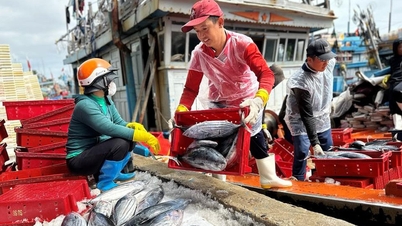

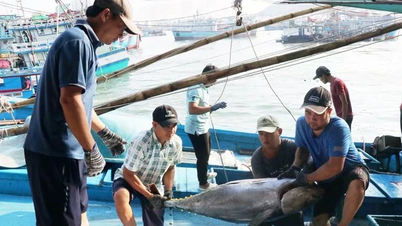

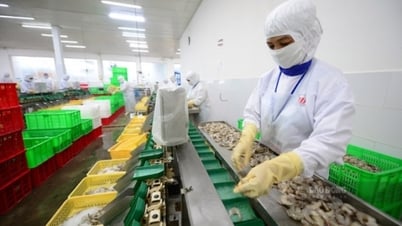

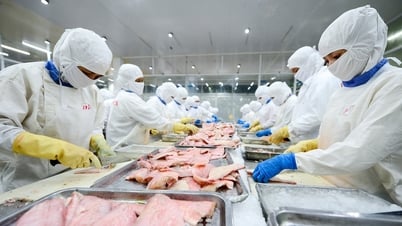




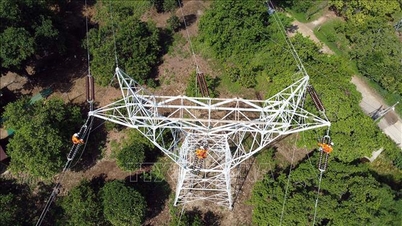
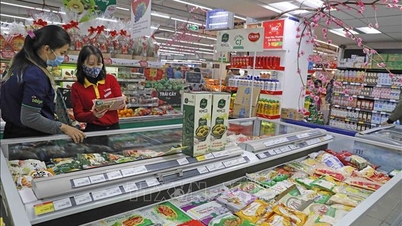







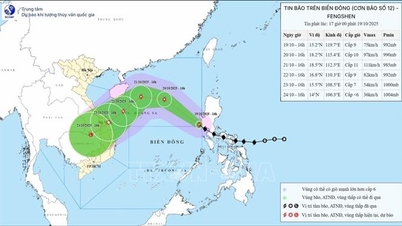

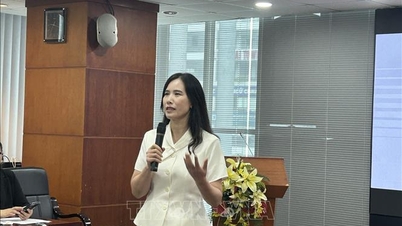
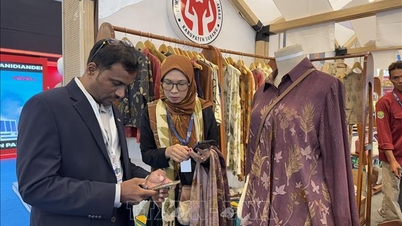




















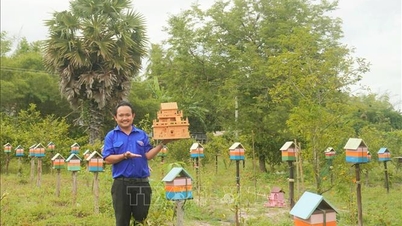



















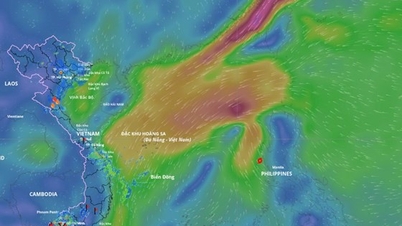












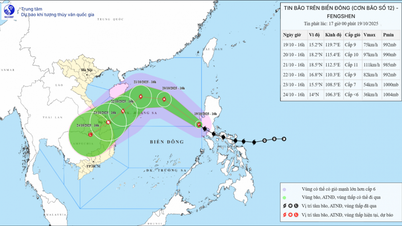





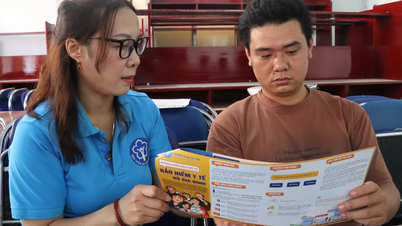

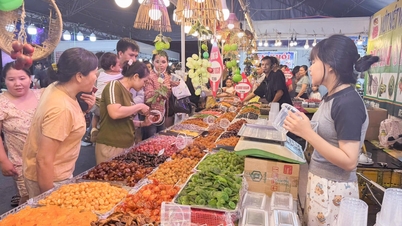














Comment (0)